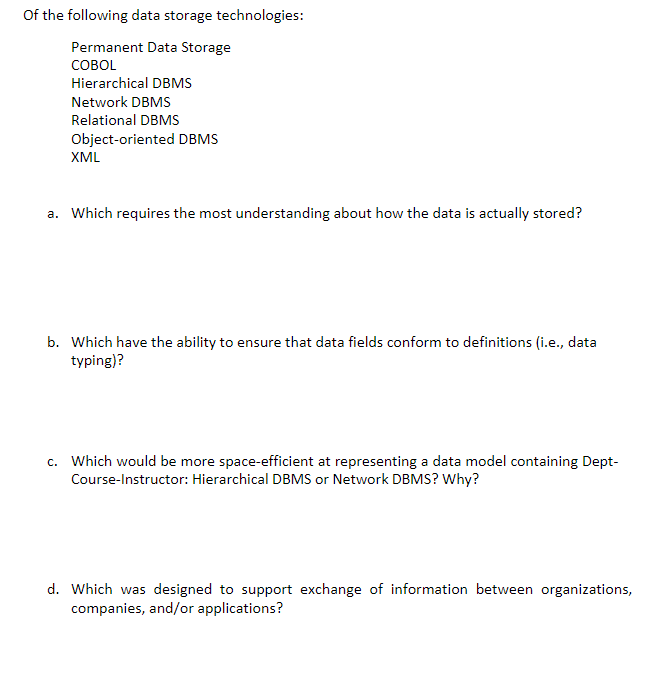

Following is a sample C program which takes name as input and print your. This programs are done for educational purposes, so I'll follow more modern conventions of naming. ENTER THE STRING PROCESS 2:it splits the given string p4 22035 p2 22034 PROCESS. As you can see, hifens, ALL_CAPS, and weird names. They often have names like "WS-XKY-ENIGMATIC", of paragraphs like "A-PARA-1". The thing I find harderst reading existing cobol code is the fact that most developers sadistically use very obfuscative standards in their variables names. Python_bindings - calling COBOL from Python and passing variables. b - tries to be more clean and production friendly. b - postgres with COBOL (less monolithic, less didatic). b - get data from postgresql with COBOL (didatic version). b - generate a list of prime numbers.įb - print the fibonacci sequence. b - subroutine call passing variables back and forth.Ĭommand_b - passing arguments to cobol program via command line.Īb - array, also shows how to generate random numbers.įb - file operations, input output.Įnv_var.cob - how to get value from environment variable in cobol. String Palindrome Program In Cobol In Computer Following is the syntax of Tallying option The parameters used are input-string The string whose characters are to be counted.


b - basic call of a subroutine (or program, or function). b - The various and crazy ways to do loops in cobol. Most programs do a single specific thing and nothing else, so you can use it as reference. character strings as well as integer, cardinal, and decimal numbers. So I had to look a lot of code to find How to do specific things. COBOL is a high-level programming language like C, C, Java, Pascal, or BASIC. When I started learning COBOL my biggest challenge was to search fundamental stuff. Fundamental and very basic stuff in Cobol


 0 kommentar(er)
0 kommentar(er)
